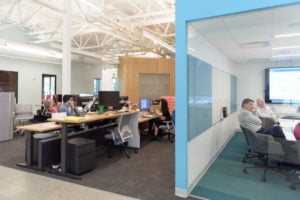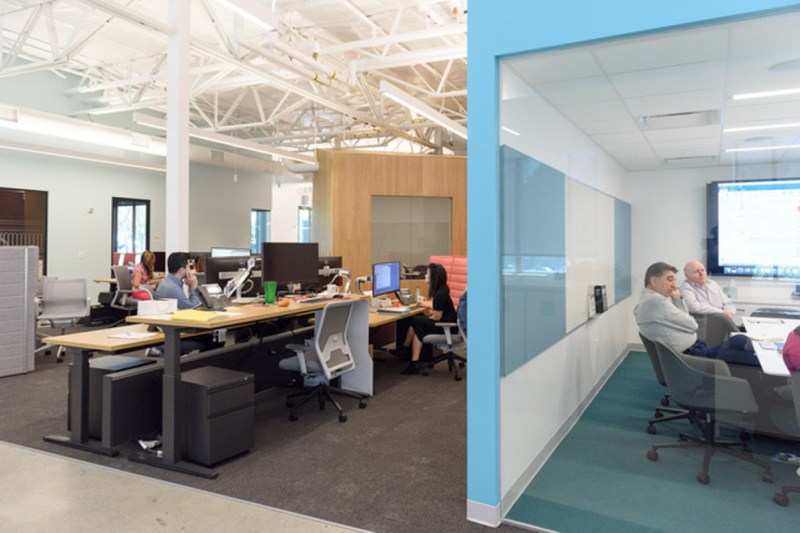
As Stanford prepares for its first major expansion off The Farm into Redwood City in 2019, some students have expressed concerns about how the project may affect the neighborhood’s gentrification, while the University maintains that the project will have a positive impact on the surrounding community.
The new buildings will hold 2,700 employees in the initial stages with the purpose of uniting different offices that were previously scattered around the primary campus, according to program manager Kathleen Kavanaugh. Currently, demolition of existing buildings on the new site and pre-construction site work is in progress.
“Our objective is to allow teaching and research activities to remain concentrated at Stanford as our academic endeavors continue to grow, while providing a new unified home for a range of essential operations currently scattered both on and off campus,” President Marc Tessier-Lavigne told Stanford News.
As the project moves forward, students have raised concerns that Redwood City will become the next rapidly gentrifying city. According to research from the University of California at Berkeley and Los Angeles, an influx of affluent residents to the Bay Area has contributed to rent hikes and the resulting displacement of low-income residents in the last decade.
In Silicon Valley in particular, the expansion of tech companies has contributed further to the gentrification of surrounding suburbs, including Redwood City, much of which is undergoing moderate displacement, the research shows.
According to Kavanaugh, the issue of gentrification in Redwood City was discussed throughout the entitlement process, the procedure by which an organization is given legal approval to proceed with a project.
Despite this dialogue between organizers, some Stanford students still believe that the site will negatively affect Redwood City residents.
Recently-elected ASSU Senator Doris Rodriguez ’20 highlighted the potential impact of the project in her campaign.
“I believe that Stanford has to remain accountable not just to students on our campus but to how we affect our surrounding communities,” Rodriguez wrote in a statement to The Daily. “I am baffled by how we can talk about gentrification of the Bay Area, Chicago and other cities, yet no one speaks about the role we play in pushing people out of their homes just miles away.”
Rodriguez said she became aware of the issues surrounding gentrification through volunteering at a high school in Redwood City, when she heard students discussing the rapid rate at which rent was increasing. She plans to explore proposals to present to University administrators to minimize the expansion’s adverse effects.
“The project is set to launch in 2019; the least the school could do is allocate legal resources to help set rent limits,” Rodriguez wrote.
The administrators involved with the project maintain that the expansion provides an opportunity to participate constructively in the development of Redwood City. University spokesperson Ernest Miranda, senior director of University media relations, said that the University believes the new campus will have a positive impact on the Redwood City community.
“Stanford and Redwood City government and community leaders have worked very closely on the plan for the Stanford Redwood City campus,” he said. “We’re pleased to be part of Redwood City’s future, and we’ve been fortunate to work with innovative and visionary partners in the city government as well as with supportive neighbors.”
Employees from multiple departments will be relocated to the Redwood City campus, including the Graduate School of Business, Office of the Vice Provost for Teaching & Learning, School of Medicine, University Libraries, Business Affairs & CFO, University Human Resources, Residential & Dining Enterprises, and the Office of Development and Land, Buildings & Real Estate.
According to Kavanaugh, the University is still considering various modes of transportation to facilitate convenient commutes for relocated employees. Possible options include free Caltrain Go passes and SamTrans Way2Go passes, Marguerite shuttle service to and from the Redwood City Caltrain station and on-site Zipcars. Similar programs already exist for employees at Stanford.
More information about the project is available online. For employees who may be relocated to the new campus, transportation information is also available at Cardinal@Work.
Contact Stephanie Brito at sbrito ‘at’ stanford.edu.
